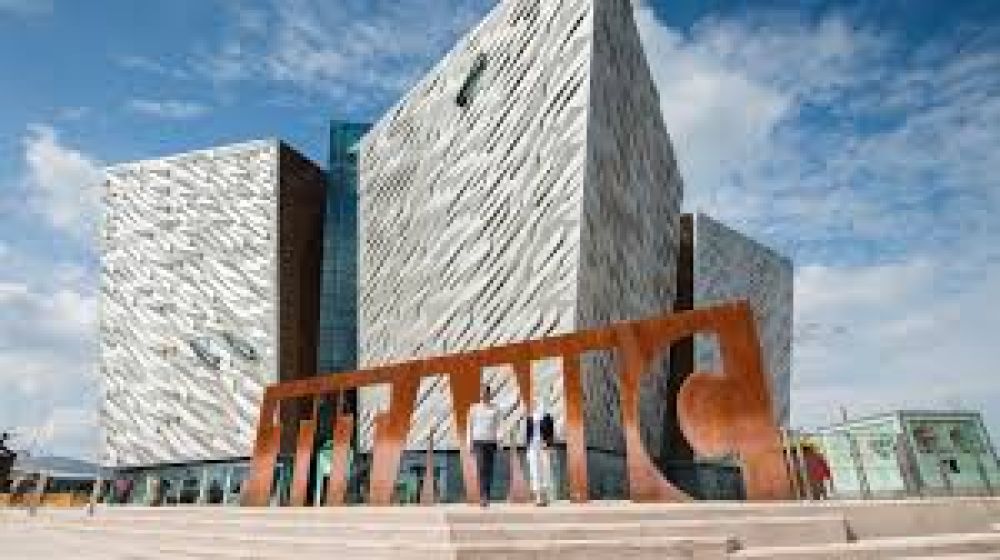

Located in the heart of Belfast, in the rejuvenated area once known as the shipyard of Harland & Wolff, Titanic Belfast stands as a testament to the city’s maritime heritage. The birthplace of the RMS Titanic, the world's most famous ship, it was here that the great liner was designed, built, and launched in 1912. Belfast's shipbuilding industry played a critical role in the city's economic development in the early 20th century and the construction of the Titanic was a symbol of industrial prowess.
In the early 21st century, the city of Belfast sought to rejuvenate its waterfront and celebrate its naval heritage. Titanic Belfast opened in 2012, coinciding with the 100-year anniversary of the Titanic's maiden voyage. The iconic building, reminiscent of ship's prows, is located beside the historic site where the Titanic was constructed.
Titanic Belfast is not just a museum; it's an immersive experience that offers visitors a chance to step back in time and relive the story of the Titanic. The building houses nine interactive galleries that tell the story of the Titanic, from her conception in Belfast in the early 1900s, through her construction and launch, to her infamous maiden voyage and catastrophic demise. The galleries include:
Additionally, visitors can explore the Discovery Tour, which includes a walking tour around the slipways and the gigantic dry-dock where the Titanic was fitted out.
Since its opening, Titanic Belfast has become a key driver for Northern Ireland's tourism, attracting visitors from around the globe. The attraction has garnered several awards and recognitions, enhancing Belfast's reputation as a cultural and historical destination. It has significantly boosted the city’s economy by creating jobs and inspiring investment in the local hospitality sector.
Recently, Titanic Belfast has been incorporating technology to enrich the visitor experience and has seen a trend towards sustainability and eco-friendly practices. Virtual and augmented reality features are being deployed to allow guests to have a more interactive and engaging experience. Additionally, there is an emphasis on storytelling, where survivors' testimonials and life stories are brought to the forefront to humanize the historical voyage.
In line with global trends, Titanic Belfast has also seen a rise in 'dark tourism', as visitors seek to experience sites associated with tragedy and learn from the introspective reflection they offer. The Titanic story, marked by both technological achievement and human loss, offers a poignant destination for such reflection.
For those planning to visit Titanic Belfast, it is recommended to purchase tickets in advance, especially during peak tourist seasons. The attraction is also part of the Titanic Quarter, which includes other points of interest such as the SS Nomadic – the last remaining White Star Line ship – and the Titanic's Dock and Pump-House. It's a place where history enthusiasts and casual tourists alike can immerse themselves in the story of the Titanic and the broader narrative of Belfast's maritime legacy.